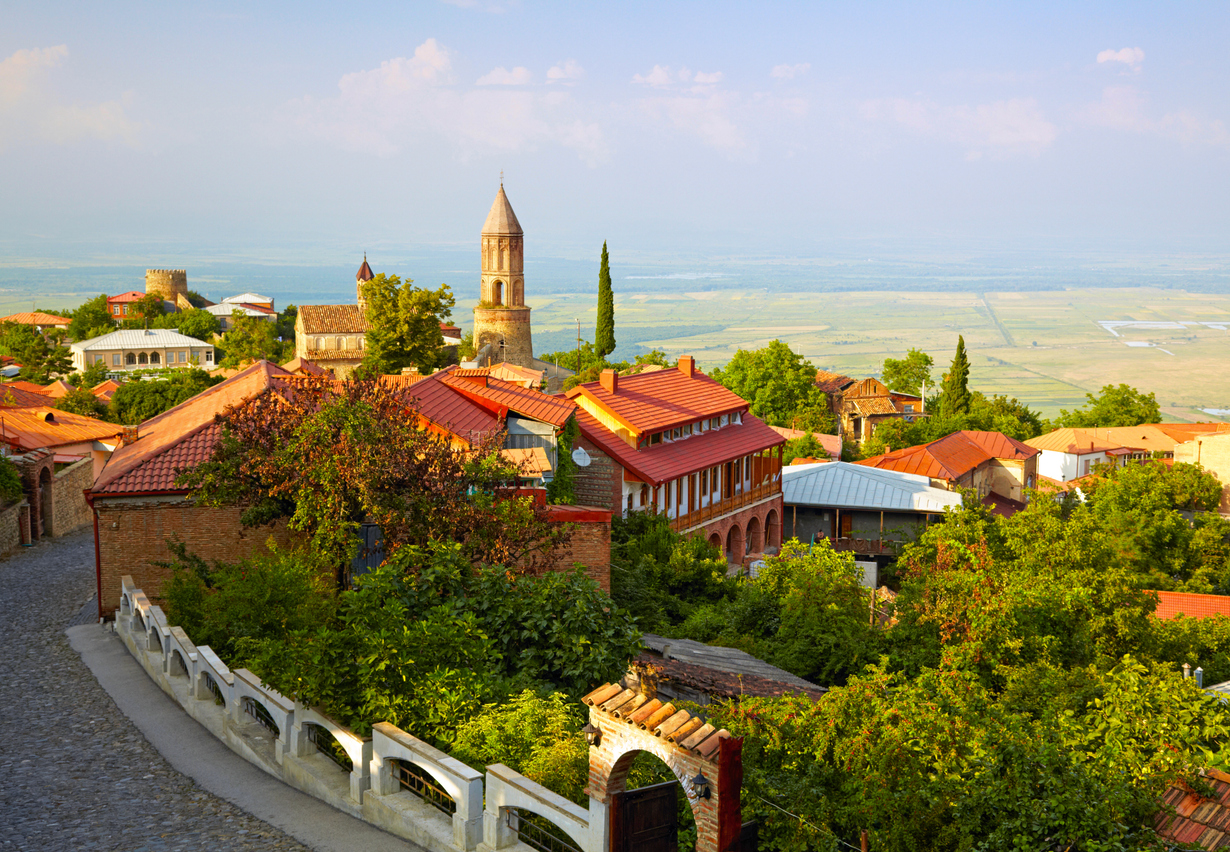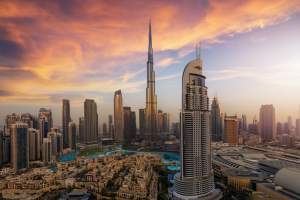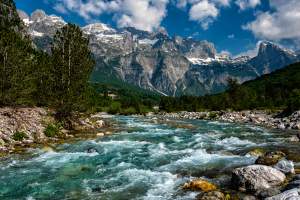
When we talk about “cultural capitals,” the same names tend to dominate the conversation: Paris, New York, Tokyo, Rome. They’re global powerhouses for good reason — full of art, history, fashion, food, and influence. But culture isn’t a monopoly. Some of the richest cultural experiences come from cities that don’t make the glossy magazine lists or influencer highlight reels.
The truth is, there are cities quietly pulsing with creativity, tradition, and innovation — places where heritage runs deep and the local arts scene is alive and well, even if the world hasn’t caught on yet. These are cities that don’t try to impress with scale or fame. They impress with soul.
Here are cultural capitals you’ve probably never heard of — but absolutely should explore.
1. Plovdiv, Bulgaria
Often overshadowed by Sofia, Plovdiv is one of Europe’s oldest continuously inhabited cities — and its cultural output stretches from ancient Roman amphitheaters to modern street art collectives.
The city’s Kapana district (translated as “The Trap”) is a maze of galleries, coffee shops, design studios, and independent bookstores. Artists have reclaimed this once-forgotten neighborhood and turned it into the creative engine of the city. Pair that with an old town full of 19th-century revival architecture, live jazz bars, and ruins older than most countries, and you’ve got a place that quietly blends the ancient and the avant-garde.
2. Valparaíso, Chile
Colorful, chaotic, and undeniably creative — Valparaíso has long been Chile’s cultural counterpoint to the polished capital of Santiago. Built on steep hills overlooking the Pacific, the city feels like a vertical gallery of murals, mosaics, and poetry.
The streets are a canvas — literally. Street art is legal here, and it shows. Every alley seems to lead to a new discovery, whether it’s a hidden café, a stairwell covered in poetry, or a hillside lookout with live music. It’s gritty, raw, and endlessly expressive — like culture with a pulse.
3. Timișoara, Romania
Designated a European Capital of Culture for 2023, Timișoara is finally getting the recognition it’s long deserved. This western Romanian city has Austro-Hungarian bones, Balkan energy, and a growing reputation for festivals, art, and progressive politics.
It’s a hub for contemporary music, alternative theater, and experimental architecture — with a distinctly youthful edge. You’ll find co-working spaces in repurposed palaces, classical concerts next to punk shows, and a café culture that invites both creation and conversation.
4. Asunción, Paraguay
Paraguay may be one of South America’s most overlooked countries, but Asunción is quietly building a name for itself in the regional arts scene. The city blends colonial architecture with modernist structures, and its underground arts scene is thriving — if you know where to look.
Music, fashion, and experimental art are all bubbling up here, often with a political edge. Street murals reflect the country’s tumultuous history, while independent galleries showcase work that challenges traditional narratives. It’s still rough around the edges, but that’s exactly what gives it energy.
5. George Town, Penang, Malaysia
George Town is a UNESCO World Heritage Site, but many still don’t realize what a cultural powerhouse it is. This Malaysian city is a melting pot of Malay, Chinese, Indian, and British influences, and that diversity shows up in everything from street food to street art.
The arts scene has grown in recent years thanks to the George Town Festival, which attracts creatives from all over Southeast Asia. Add in vibrant architecture, traditional artisanship, and one of the most exciting culinary scenes in the region, and you’ve got a city that’s as stimulating as it is surprising.
6. Lviv, Ukraine
Despite ongoing conflict in the country, Lviv has maintained its identity as Ukraine’s cultural and intellectual capital. The city’s cobblestone streets are lined with art nouveau buildings, coffeehouses that date back centuries, and a literary heritage that includes some of the region’s greatest minds.
Lviv is known for its book fairs, jazz festivals, underground theater scene, and a thriving digital arts movement. It’s intellectual without being pretentious, historic without being stagnant. And in times of crisis, its creative spirit has only grown more defiant.
7. Bamako, Mali
Africa has no shortage of cultural capitals, but Bamako doesn’t get the recognition it deserves. This West African city is a music powerhouse — the birthplace of desert blues and a key node in the global world music scene.
Despite challenges with political instability, the city’s musicians, sculptors, and designers continue to create work that’s internationally influential. If you want to understand the roots of some of the most influential rhythms in modern music — from blues to rock — start here.
8. Santa Fe, New Mexico, USA
While cities like New York and LA dominate the American cultural conversation, Santa Fe quietly holds its own — especially for those who love the intersection of art, tradition, and the natural world.
Santa Fe has long attracted painters, sculptors, and writers — drawn by the desert light, Pueblo heritage, and a pace of life that invites introspection. Canyon Road is home to dozens of galleries, and the Georgia O’Keeffe Museum offers a deep dive into the region’s influence on American modernism. Add in Native American art markets, experimental opera, and a strong literary history, and you’ve got a city that’s as textured as the high desert itself.
9. Tbilisi, Georgia
Tbilisi is a city in creative overdrive. Decades of political change have left behind a complex identity — one that’s now being expressed in architecture, music, design, and a defiant, DIY creative scene.
Soviet-era ruins have become artist squats and nightclubs. Brutalist buildings are being reclaimed by local designers. And while the city is visually chaotic, the creative energy is undeniable. Tbilisi has a magnetic pull for artists and thinkers — people who aren’t afraid of edge, contradiction, or reinvention.
10. Kochi, India
In a country overflowing with history and culture, Kochi stands out not just for its heritage, but for how it merges tradition with innovation. The Kochi-Muziris Biennale — one of Asia’s biggest contemporary art events — has helped turn this port city in Kerala into a global cultural player.
But even beyond the Biennale, Kochi thrives on creative contrast: colonial mansions turned into galleries, ancient fishing villages with cutting-edge performance art, and a daily life that’s equal parts serene and subversive. It’s a city that constantly rewrites what culture means — and who gets to create it.
What Makes a City a Cultural Capital?
It’s not about population or prestige. A true cultural capital has:
- Creative output: Local artists making things that matter.
- Access: Culture isn’t locked behind institutions — it’s on the street, in cafés, in conversation.
- Diversity of voice: Multiple cultures, histories, and perspectives coexist and create together.
- Grit and growth: A willingness to evolve, question, and express.
- Soul: The intangible sense that you’re standing somewhere alive with meaning.
How to Travel for Culture — and Not Just Consume It
- Go local: Seek out galleries, markets, bookstores, and performances run by locals — not imported brands.
- Talk to artists: If you see someone painting, weaving, or building — ask questions.
- Stay in neighborhoods, not chains: You’ll feel the city’s rhythm more clearly.
- Attend a festival: These events often show a city at its most expressive.
- Support small: Your money goes further — and means more — when it supports local culture directly.
Culture isn’t always loud. It doesn’t always come with press coverage or travel awards. Sometimes it whispers through an alleyway mural, a late-night concert, or a poem written in a language you don’t speak — but still somehow feel.
The cultural capitals you’ve never heard of might not come with travel prestige. But they offer something better: honesty, depth, and the chance to experience culture not as a performance — but as a way of life.







